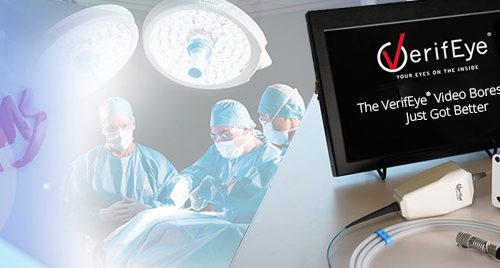Leading through a Pandemic: 5 Tips
We are currently in a healthcare climate that seems to be changing hourly in some cases. How are you leading through a pandemic?
Crisis, chaos, epidemic, pandemic, epidemiologists, infectious disease practitioner, and flattening the curve. These are words we have most likely heard more in the past few weeks than in the past ten years combined. My first pandemic experience as a healthcare leader occurred in 2009 during the H1N1 pandemic. Other pandemics including Ebola in 2014 did not as heavily impact healthcare in the United States. Now we are in the midst of the COVID-19 pandemic and are in a healthcare climate that seems to be changing hourly in some cases. How are you leading through a pandemic?
The first key to managing through any stressful situation is self-care. You can’t support other people if you are not getting appropriate amounts of rest, staying hydrated, taking breaks when needed, and keeping yourself organized. You must follow recommendations from the government to keep yourself safe and in order to ask your employees to do the same.
The second factor is remaining calm. The people around you will mirror your demeanor. If you are in a panic and lead with uncertainty, this will increase anxiety and stress and lower the confidence of those around you. If you are calm, decisive, and maintain a positive attitude, so will others. Leading through a pandemic will require a calm and collected person.
Third, associate and department needs and resources must be assessed and prioritized frequently. A need or task which is a priority right now may resolve and no longer be a priority when you reassess in two hours. A task or need that is not a priority now may quickly escalate to high priority. Therefore, constant assessing and prioritizing will help you and your team know what to handle next and what can wait.
Fourth, communication is critical! Lack of communication will increase stress and anxiety and make it impossible to accurately assess needs and resources for the department and team. Great communication should be in place prior to a crisis; that communication system should be tapped into for optimal results during a pandemic. There should be no question about who is responsible for what, who is updating other departments, and who is leading different segments of the department.
Finally, while leading through a pandemic, flexibility is crucial! Create a plan and have a back-up plan in case you need to change directions. Know that even with plans in place, priorities may change at any time, requiring flexibility and changing course very quickly. When mistakes happen, make the change needed and refocus. We all make mistakes. What really matters is how we handle them.
A final thought: Andrew Wommack once said, “Leaders flourish in times of crisis.” I have found this to be true of the many leaders that I have worked with over the past 25 years.
Never miss a PROCESS PRO! Subscribe at the top of this article and read any articles you’ve missed HERE.



